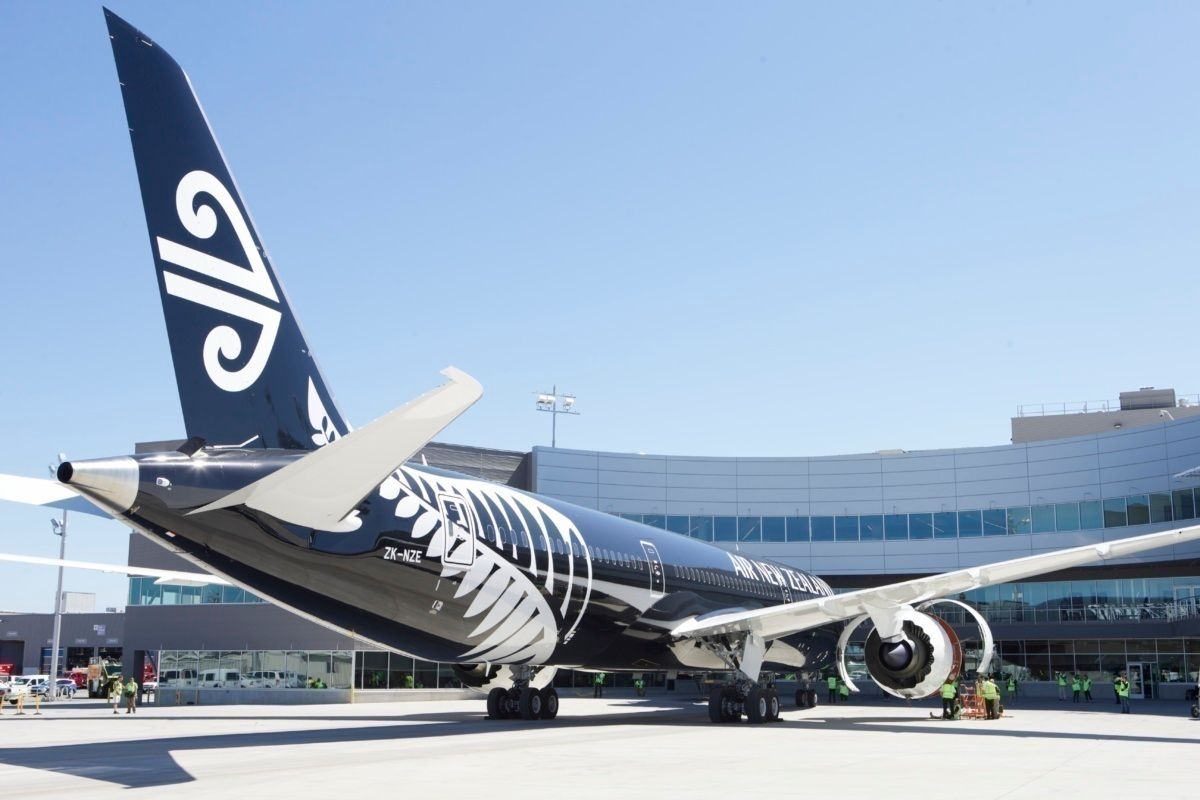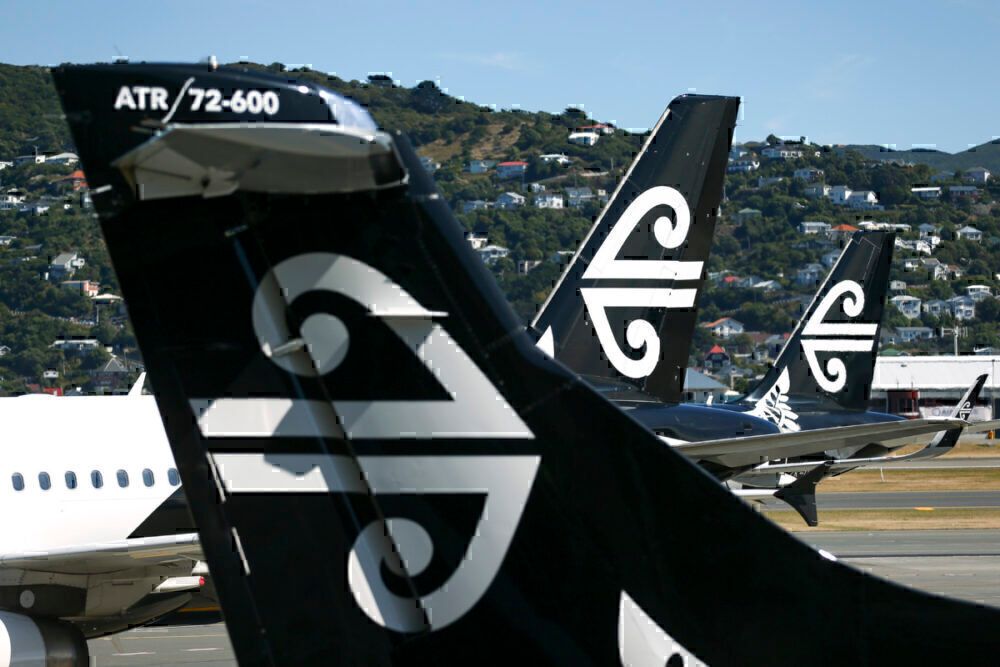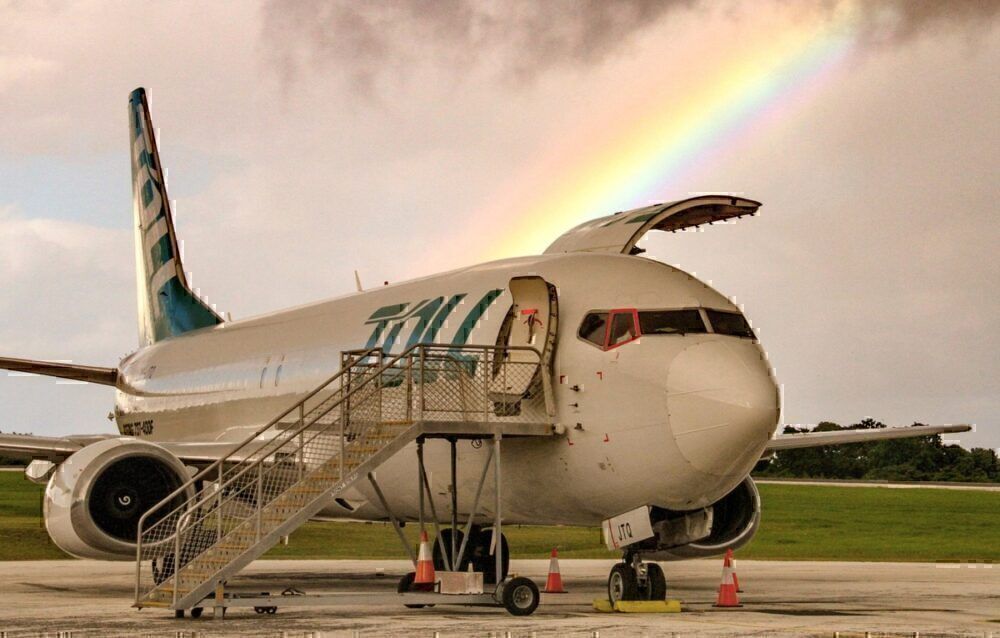Frozen food and freight shipped to a cold storage facility in Auckland has been ruled out as the source of a fresh COVID-19 outbreak in New Zealand. Members of one family, working at the Americold cold storage facility in Auckland, contracted COVID-19 from an unknown source. This lead to speculation the virus had re-entered the country via Air New Zealand air freight.
Air New Zealand off the hook
While investigators have since ruled out that possibility, it does highlight the health risks inherent in air freight.
COVID-19 can survive on surfaces like plastic and boxes for some time. It is also resilient to refrigerated conditions. That's raising some concerns surrounding goods shipping, of food in particular. But, as people do need to eat, there is often no alternative.
Stay informed: Sign up for our daily aviation news digest.
Being an island, cargo into New Zealand arrives by either sea or air. Air transport is particularly suited to time-sensitive and perishable freight. This includes food. Despite having a reputation for its meat, seafood, and dairy produce, New Zealand also imports these types of products.
Initially, the finger of suspicion got pointed at meat coming from Melbourne and flown over to Auckland on an Air New Zealand flight. But authorities ruled that potential source out.
Cargo becomes a complex issue
Despite an initial increase in cargo-only flights in and out of New Zealand, getting freight in and out of the country has become a major headache. The complexities involved have deterred many from trying.
Usually, around 80% of air freight shipped in and out of New Zealand travels in the belly holds of passenger aircraft. That's normally a handy piece of business for local carrier Air New Zealand. But Air New Zealand has grounded the majority of its international fleet and pared-back schedules, closing off an import/export avenue used by many.
Air New Zealand initially moved to capitalize on the renewed focus on air freight when it converted a passenger Boeing 777-200ER into a freighter. There were plans to convert three aircraft. But the airline later dropped these plans. Air New Zealand attributed this decision to the high conversion costs and the airline's strained finances.
That's an issue Qatar Airways CEO, Akbar Al Baker, flagged in an interview last month. He said he couldn't understand why airlines who could ill afford it were spending so much money converting passenger aircraft into freighters. Air New Zealand, for its part, seems to have fallen into the Al Baker camp here.
Cargo capacity gets cut
Earlier in the COVID-19 era, there was a rush to increase cargo capacity across the Oceania region. In part, it was an attempt by airlines to offset declining revenues from their passenger operations. But airlines have since been fine-tuning their capacity on routes such as those into New Zealand.
At one point, Air New Zealand, Air China, Cathay Pacific, China Eastern Airlines, China Southern Airlines, Fiji Airways, Hainan Airlines, and Korean Air were all flying passenger aircraft in New Zealand with cargo-only loads. This has since scaled back.
By reducing supply, airlines cut the amount of cargo space available. This increases competition for that space and drives up prices.
Meanwhile, New Zealand continues to grapple with a catch-22 situation. Maybe you could eradicate COVID-19 by turning the country into an island fortress. But some types of imports are not optional, and any country needs to trade to survive. But with planes flying in, whether freight only, passenger only, or a combination of both, New Zealand will keep on facing fresh outbreaks of COVID-19.



